This post may contain affiliate links.
In my 8 Limbs of Wellness, I’ve put “Relaxation” on there as one limb itself. Using a tree branch is a fitting analogy, because relaxation branches off into many smaller branches: meditation, hobbies, creativity, or anything that makes us chill our stress-ball selves out.
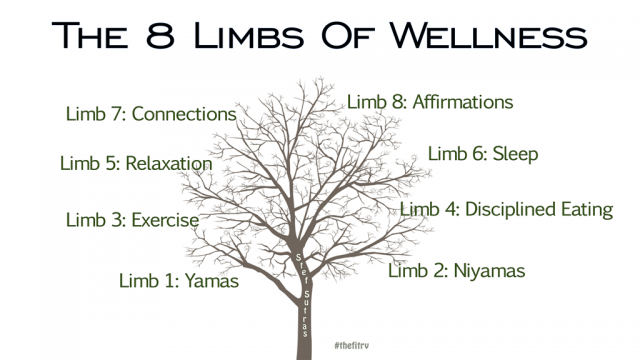
I’m no psychologist, so as I write about relaxation keep that in mind. I’m coming at this from a fitness trainer perspective… my focus is more on achieving the fittest, healthiest versions of ourselves so we age well not just mentally, but also physically. The two go hand in hand, and the body can’t be at its best unless the mind is too. We talked about that in earlier parts of this article series when we looked at the first two limbs, the yamas and niyamas. Relaxation ties right back to those guidelines for living well, since relaxation also deals with getting us in the right frame of mind. Once that’s achieved, we’re better equipped to meet the body’s needs.
Think about it like this:
Stress and relaxation are like the opposite ends of a sliding scale. When we visit the stress end, we’ve got elevated blood pressure and stress hormones floating about. This is a good thing when we’re faced with REAL life-threatening kinds of stress… you know, like when we’re getting chased by a bear. If we overstay our welcome and hang out on the stress end of the sliding scale for too long, we put ourselves at risk of all sorts of negative health issues. You want to see them? Okay here they are. Hypertension, heart disease, heart attack, stroke, diabetes, tension and migraine headaches, back pain, jaw pain, muscle pain, ulcers, gastrointestinal issues, erectile dysfunction or impotence, absent or irregular menstrual cycles, a weakened immune system, irritability, anxiety, insomnia, and depression.
None of these conditions jive with our quest for health, vitality, and wellness. So you need to find ways to get yourself more toward the middle of the sliding scale. You do that by balancing your stress with relaxation techniques.
I like to bust relaxation in two separate parts. First, you have relaxation where you’re controlling your mind. Second, you have relaxation where you’re calming your mind. There is obviously cross-over, but they aren’t always the same.
Relaxation Type One: Controlling Your Mind.
Meditation, breathing exercises, and other relaxation techniques all require you to turn your attention to a point of reference while intentionally blocking everything else out… so that’s where the “controlling” bit comes in. There is research out there that shows practicing any of these thought-control relaxation techniques can change your brain in all sorts of good ways. And though most of the studies have been small, some have been downright exciting.
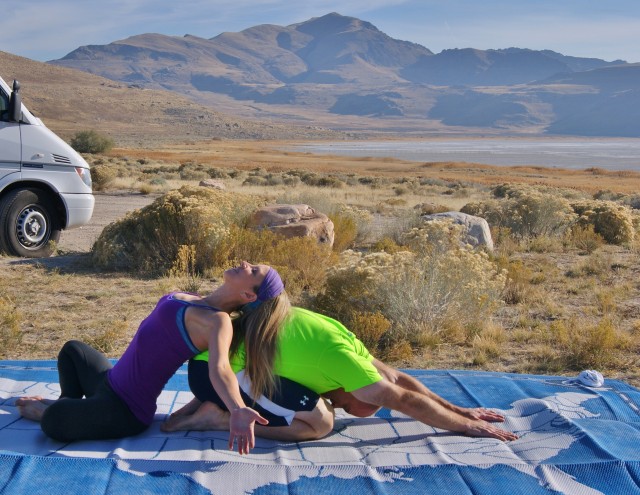
According to the NIH, a 2013 review of 3 different studies suggested that meditation slows, stalls, or even reverses changes that take place in the brain due to aging.
Wait…did you catch that?
Two big powerful words there. REVERSES and AGING!
How about this one. A Harvard study found that 8 weeks of daily meditating actually grew extra grey matter in participants’ brains… particularly in the parts dealing with learning, memory, emotion regulating, and compassion. A mere 8 weeks!!! That Harvard study gets cited all the time in articles about meditating, but here’s something interesting I learned when looking deeper into the study. The amygdala of the subjects actually shrunk. The amygdala, generally speaking, is connected to stress and involved in the fight or flight response in the brain. Perhaps that smaller amygdala has something to do with why people who practice meditation feel they’re more calm and at peace in their lives? I’m not sure, but I find it fascinating.
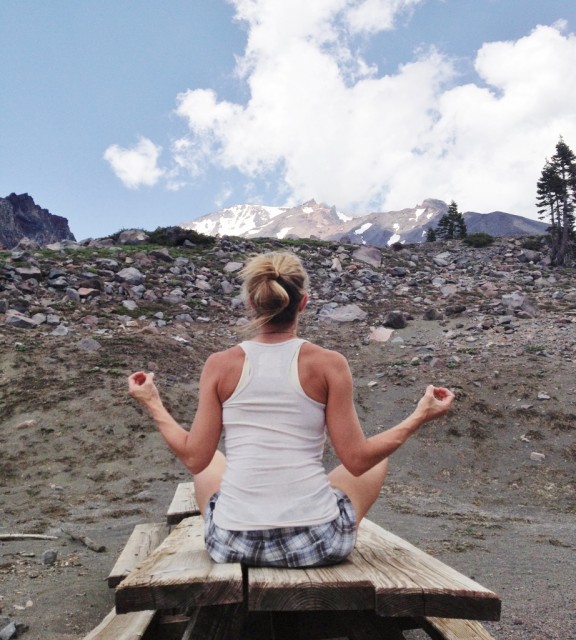
How many times today have you thought about your breathing? If you’re an average person free from any breathing ailments, probably none at all. And of course you haven’t! You’re breathing on auto-pilot!
Breathing is kind of weird, as far as the systems in the body go. It’s both voluntary and involuntary, so we can either kick back or we can run the show. We don’t get both options often in the world of human physiology. It’s kind of cool.
There are science-based reasons why it’s a good idea to include controlled deep breathing exercises in your wellness arsenal. Controlled breathing lowers your blood pressure and heart rate, and stimulates the parasympathetic nervous system (the one that relaxes your body systems). It’s quite possible that controlled deep breathing may be one of the most potent tools we have to prevent our brains from subsequent damage caused by high stress levels. So go ahead and take a deep breath or two. Trust me, I’ve been doing it the whole time I’ve been working on this article.
There are many other focus-centered relaxation strategies out there beyond meditation and breathing, like “progressive relaxation,” which involves tightening and relaxing various muscle groups. And then there’s “guided imagery” where you focus on pleasant images. There are plenty of others, all with a similar goal; to induce the body’s “relaxation response” and lower our stress levels in a mindful way.
Relaxation Type Two: Calming Your Mind.
Relaxation is a highly individualized thing. We all have different interests we turn to when we want to relax… some of mine you might find exactly the opposite of relaxing, and vice versa. One of my favorite ways to chill out when stressed is to go outside for a long slow jog… the kind where I can settle in to a comfortable pace that doesn’t tax my body, with my headphones playing my “mellow” playlist. I solve all the world’s problems when I’m out slow-jogging, and I always come back in a happy and peaceful frame of mind. So, that’s one of MY top relaxers, but I’m sure some of you would rather have a tooth pulled.
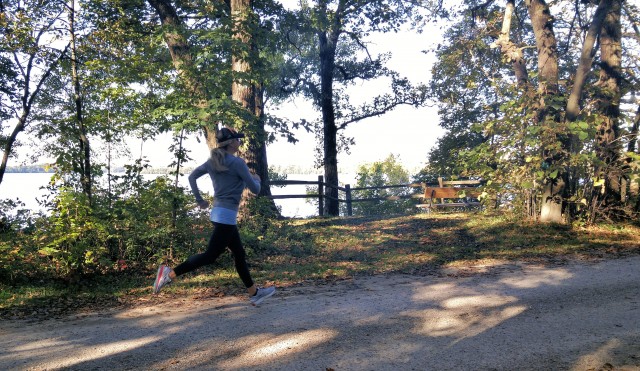
Think back to the last time you were so absorbed in something you lost all track of time. Maybe you were listening to music, or playing music, or creating art, or reading, or writing, or gardening? Those are some of the more common hobbies that help us relax, but it certainly doesn’t end there. When you get totally absorbed in an activity it’s called a “flow state.” It is similar to meditation in that you’ve shut out everything other than whatever you’re engaged in. It happens frequently when we’re doing hobbies and creative pursuits we enjoy, and it’s an excellent indicator of your state of relaxation.

Creative pursuits and healthy hobbies are so underappreciated when it comes to wellness. We’re told we need to exercise, eat right, sleep, meditate… but we hear less about creativity as part of our overall wellness package. There’s research to back me up here. Healthy hobbies allow us to switch off and relax, at least temporarily, pushing our daily stresses from our minds… moving us away from the stress end of that sliding scale. So whatever your “thing” is, I hope you’re making time to do it. It brings about the “relaxation response” in the body, and you’ll be better off for it.
And Just So We’re Clear:
Okay, so yes. We need to engage in various relaxation activities to maximize our health, I’m sure we’re all on the same page with that. But here’s the thing. There’s a cap on how much we need before it turns detrimental. For example, if you were to sit around reading a book all day, you’re not getting the physical activity your body needs to avoid your default decay mode. Besides, avoiding all stressors (and things that make us uncomfortable) makes us weaker; this according to Richard Dienstbier’s (1989) theory of mental toughness. Dientstbier argues that exposure to a moderate level of manageable stressors, with recovery in between, is along the lines of a vaccine, immunizing us so we’re better at handling future stress. So, you hike the trail with the scary drop-off, you stand on stage and speak before a crowd, you take the challenging exercise class you’ve never tried before… because even though these things bring you great discomfort, you NEED discomfort to grow stronger and cope with life better.
So to be clear, I’m not encouraging you to ONLY engage in activities that relax you… not at all. I’m a firm believer in the importance of the Discomfort Zone. Instead, view relaxation techniques as you would physical exercise. They should be temporary bouts built in your days to improve your wellness. Get yourself in a good flow state, and then end it and get back to the real world.
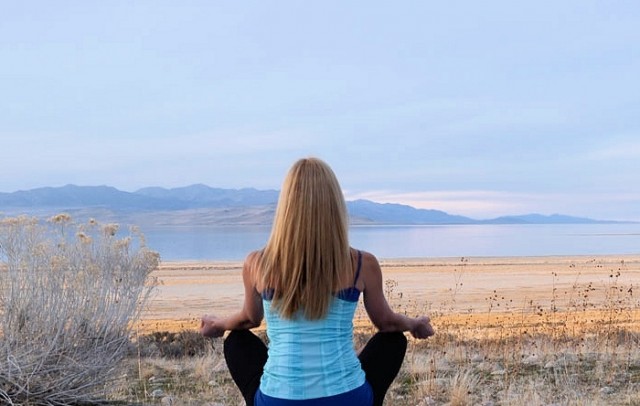
In closing, if you’re not already practicing meditation or other thought-control relaxation techniques, I’d encourage you to give them a try. It’s a good habit to get into every day, and it does get easier. I’d also recommend doing an audit on your current hobbies and creative outlets. It’s important to have some. If you realize you’re coming up short, well then, there’s another goal you can set for yourself. It’s never too late to take up something new!
As always, I love hearing your thoughts so feel free to leave comments below!
xoxo,
Stef











I love this! I am really looking forward to meditating and yoga with views like these! I need to work on making it a habit.
Making it a habit is the biggest challenge. We humans thrive off our habits and routines…and when something isn’t part of our norm, it’s easily neglected. Keep working on making it a habit, Christine! The more you do it, the better it’ll stick! xoxo
Nice article, Stef. I keep trying meditation but for some reason, seem unable to stick to it for more than a week. Any suggestions?
Pat, I hope you see this suggestion. To form a new daily habit, it helps to tie the new action to some activity you do every day so that you think of the two actions as “a pair,” and the first will trigger the second. For example, I was very lazy about flossing every day, just a big chore. Brushing my teeth every night did not act as a trigger until we got an electric toothbrush. The four timed stages slowed my brushing down and turned it into a nightly ritual that is now paired with flossing. Last night, I added meditation to my nightly ritual. Shut the lights off and turned on a night light. (I’d light a candle, but I’m afraid of burning the house down.) The “pairing” and “ritual” aspects really seemed to work. If I were to meditate in the morning, I’d get up, have a glass of water with lemon to hydrate, meditate, then have my cup of coffee and start my day. Keep trying. Sometimes you have to try over and over and over until you find what works.
Thanks! I’ll give that a try.
JL, this is fantastic advice on habit-forming! It really does help when you “pair” a habit you’re trying to establish with one that already is established. And like JL also said, just keep trying, Pat! The more you try, the more likely you’ll succeed.